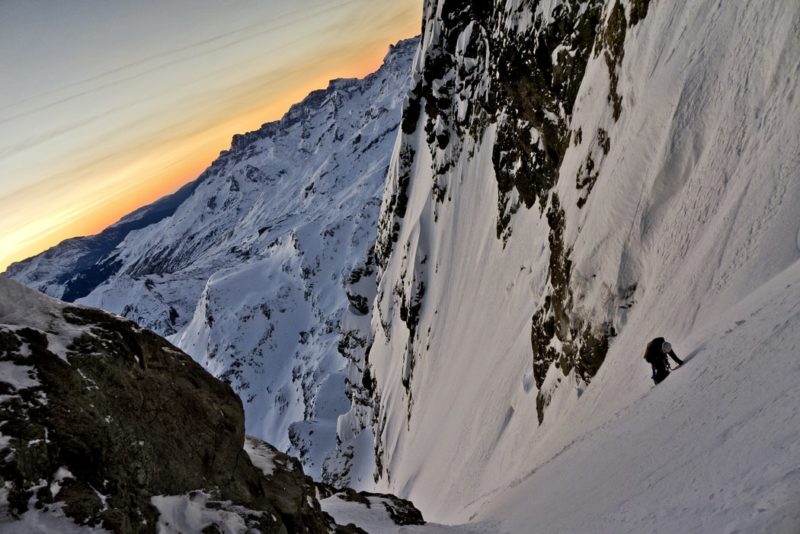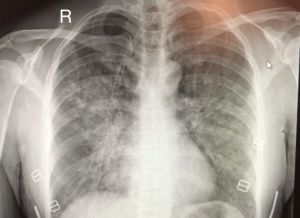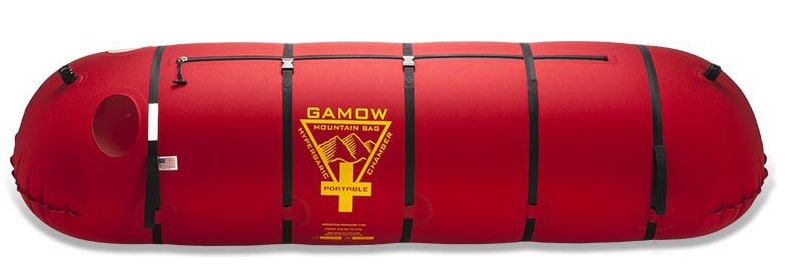
WHAT IS HAPE?

The adrenaline rush and breathtaking views that inspire so many to take to the high mountains, can also, quite literally, take your breath away. The three most common causes of death at high altitude are acute mountain sickness (AMS), high altitude cerebral edema (HACE), and High Altitude Pulmonary Edema – the most severe, and life-threatening.
High Altitude Pulmonary Edema occurs when fluid starts filling the air pockets in the lungs. This causes a sequence of signs and symptoms that are very important to recognize. HAPE is non-cardiogenic and can happen to otherwise healthy people – even top athletes – who ascend to altitudes above 8,200 ft. (2,500 meters). HAPE generally presents within 2-5 days of arrival at high altitude.
SIGNS TO LOOK FOR

A nonproductive cough and shortness of breath – dyspnea or “air hunger” – at rest, is the first sign that someone is experiencing symptoms of High Altitude Pulmonary Edema. While it is perfectly normal to experience shortness of breath in any physical activity, an unrelenting shortness of breath while resting could be a sign of serious trouble. Rapid breathing and ‘crackles’ – a ‘crackling’ sound in the lungs that first exhibits on the right central ventricle – are further indicators that fast action is required. HAPE patients can also exhibit low-grade fever, anxiety, and pale skin. End-stage HAPE occurs when the affected individual is coughing up red, frothy, sputum, a sign of blood seeping into the fluid in the lungs. That is generally the point of no return. To the patient it can feel like drowning.
TREATING HAPE

Immediate descent, rest, and oxygen saves lives. Descent is a potent lung dilator. When HAPE patients are brought to lower altitudes – often as little as 500 to 1,000 feet – and administered oxygen, they can display an almost immediate improvement of symptoms. Bronchodilators such as Ventolin, normally prescribed to asthma sufferers, have proven effective in treating HAPE. A ‘Gamow bag,’ (ranging in cost from $2,000-$3,000), can also be temporizing and lifesaving. The key is to be prepared and to act fast.
HOW CONCERNED SHOULD I BE ABOUT HAPE?
Resorts continue to open up terrain to skiers and riders seeking the euphoria and adrenaline rush that comes with high altitude adventuring. More people are moving from low cities to high altitude ski towns to find their zen. This puts more people at risk of developing the symptoms of HAPE, and the life-threatening complications that come with it. While statistics show that HAPE affects only one percent of the population, it is important for any lowlander who wants to head out on high to educate themselves. While impossible to predict, HAPE is also easily and completely treatable.